
At the Stone Cross – diploma project by Ivo Pavlík at FUA TUL
The main idea of the complete diploma thesis is contained in the concept: the path. It begins at the church, where through the individual stations of the Stations of the Cross a connection is made between the church and the cemetery, all the way to the farewell hall.
From the farewell hall, there is only a footpath leading to the gate - the cross. It depends on the people! They pass through it and thus
create and preserve it. It is not possible to determine exactly who comes to the cross, who comes to the gate, and who goes to the place
with the tree at the former crossroads.
The Idea of the Cross-Gate
It is a return of the cross to the landscape, to the place where it has always been. The cross is part of the gate, which carries its meaning and a new symbolism - it is a hypothetical boundary between life and death. It is a place where one can be scattered. Oriented east-west. Passing through the gate means reaching the "other side," where we can reflect... Here, it is possible to scatter directly into the landscape. It is not a bounded scattering meadow, but primarily an act of passage through and to the landscape beyond... The tree obscures the view through the gate. The gate is related to the cemetery, connected to the path from the cemetery that has always led there. However, is there no path beyond the gate?......
Accompanying Report
We enter the space formed by the left wall, a horizontal beam is placed on the wall, half of which is inserted into the second vertical wall, creating a cross (A cross used to stand here, moved 4 years ago - it thus returns here)
The beam is gilded. The beam creates an idealized prehistoric dolmen by its placement. Near this place, there was a station in the Paleolithic, many tools of prehistoric people were found here.
A part is cut out from the end of the cross wall, which is behind the tree and allows sitting under the crown of the tree; we can place a candle or flowers there. If we want to pass to it, we must go around the tree. The tree obstructs the view through the gate and direct movement. The cross itself is readable only from the front side - gilded. It is also visible from the back when the second wall is hidden by the tree. While sitting under the tree on the "bench," our view is directed southward into the wide landscape or northward towards the village and the path that brought us here.
The History of the Place At the Stone Cross
Prehistoric finds at the place At the Stone Cross:
Findings from two periods were discovered here: the Middle Paleolithic - 40,000 BC. From this period, a find of a single-bladed chopper made from a quartzite fragment has been documented here. Young Paleolithic 40,000 - 10,000 BC. From this period, 24 tools found here have been documented.
Modern history of the place and its location:
The gate is located at the site of an old crossroads, on a hill. The name is At the Stone Cross. The stone cross was here from 1818 to 2005. Before that, there was probably a wooden cross, as can be inferred from preserved maps from 1768. It is the highest point in the vicinity of the village in its cadastre. The altitude is 385 m above sea level, GPS coordinates are: s 49.07554 v 16.17802.
The original cross was moved to the village, near the church. It happened that it leaned due to being too close to the orb of agricultural machinery.
The place At the Stone Cross was formerly a crossroads. Three paths crossed here: one from the village of Dukovany, another from the cross to the village of Heřmanice - now already extinct due to the construction of the nuclear power plant, and the third path leading towards the village of Horní Dubňany. These paths were canceled during the construction of the branch line to the Nuclear Power Plant, which runs approximately along the original path. As a result, the path from the cross to the village, which led "only to the cross," was also canceled.
Technical Construction Process of the Cross-Gate
The walls and beam of the gate were poured from concrete into formwork made of straw bales, which were ignited on January 10, 2010, at 1 PM. The fire burned the straw formwork, colored, and revealed the structure of the walls - ashes were created! The eastern side of the wall, which creates a cross with the beam, was gilded with gold leaf. This made the cross stand out.
Construction Timeline:
October 23, 2009, surveying and staking of the future construction
October 24, 2009, digging of the foundations
October 26, 2009, wire tying of the foundation reinforcement
October 27, 2009, pouring of the foundations
November 4, 2009, installation and wiring of the steel reinforcement
November 7, 2009, installation of wooden formwork
November 7, 2009, beginning of pouring concrete into straw formwork
November 18, 2009, end of pouring
December 4, 2009, removal of wooden formwork
December 22, 2009, insertion of the beam
January 10, 2010, ignition of the straw formwork
March 27, 2010, sanding the edges of the cross
April 28, 2010, gilding the polished edge of the beam and wall
May 29, 2010, blessing of the cross
Financial Aspects of the Cross Construction:
Cement 325 12,250 kg — 3821,-
Roxor 12 24 m — 471,-
Roxor 6 12 pcs — 815,-
Kari mesh 5mm 15x15 11 pcs — 2881,-
Binding wire 4 pcs — 439,-
Concrete 20 1.66 m³ — 3154,-
Bales 109 — 1090,-
Gold leaf 6 books — 2700,-
——————————————
15371,-
During the burning, collected into the collection box — 2200,-
Total expenses — 13171,-
——————————————
For more information, visit the project website: www.ivopavlik.cz
From the farewell hall, there is only a footpath leading to the gate - the cross. It depends on the people! They pass through it and thus
create and preserve it. It is not possible to determine exactly who comes to the cross, who comes to the gate, and who goes to the place
with the tree at the former crossroads.
The Idea of the Cross-Gate
It is a return of the cross to the landscape, to the place where it has always been. The cross is part of the gate, which carries its meaning and a new symbolism - it is a hypothetical boundary between life and death. It is a place where one can be scattered. Oriented east-west. Passing through the gate means reaching the "other side," where we can reflect... Here, it is possible to scatter directly into the landscape. It is not a bounded scattering meadow, but primarily an act of passage through and to the landscape beyond... The tree obscures the view through the gate. The gate is related to the cemetery, connected to the path from the cemetery that has always led there. However, is there no path beyond the gate?......
Accompanying Report
We enter the space formed by the left wall, a horizontal beam is placed on the wall, half of which is inserted into the second vertical wall, creating a cross (A cross used to stand here, moved 4 years ago - it thus returns here)
The beam is gilded. The beam creates an idealized prehistoric dolmen by its placement. Near this place, there was a station in the Paleolithic, many tools of prehistoric people were found here.
A part is cut out from the end of the cross wall, which is behind the tree and allows sitting under the crown of the tree; we can place a candle or flowers there. If we want to pass to it, we must go around the tree. The tree obstructs the view through the gate and direct movement. The cross itself is readable only from the front side - gilded. It is also visible from the back when the second wall is hidden by the tree. While sitting under the tree on the "bench," our view is directed southward into the wide landscape or northward towards the village and the path that brought us here.
The History of the Place At the Stone Cross
Prehistoric finds at the place At the Stone Cross:
Findings from two periods were discovered here: the Middle Paleolithic - 40,000 BC. From this period, a find of a single-bladed chopper made from a quartzite fragment has been documented here. Young Paleolithic 40,000 - 10,000 BC. From this period, 24 tools found here have been documented.
Modern history of the place and its location:
The gate is located at the site of an old crossroads, on a hill. The name is At the Stone Cross. The stone cross was here from 1818 to 2005. Before that, there was probably a wooden cross, as can be inferred from preserved maps from 1768. It is the highest point in the vicinity of the village in its cadastre. The altitude is 385 m above sea level, GPS coordinates are: s 49.07554 v 16.17802.
The original cross was moved to the village, near the church. It happened that it leaned due to being too close to the orb of agricultural machinery.
The place At the Stone Cross was formerly a crossroads. Three paths crossed here: one from the village of Dukovany, another from the cross to the village of Heřmanice - now already extinct due to the construction of the nuclear power plant, and the third path leading towards the village of Horní Dubňany. These paths were canceled during the construction of the branch line to the Nuclear Power Plant, which runs approximately along the original path. As a result, the path from the cross to the village, which led "only to the cross," was also canceled.
Technical Construction Process of the Cross-Gate
The walls and beam of the gate were poured from concrete into formwork made of straw bales, which were ignited on January 10, 2010, at 1 PM. The fire burned the straw formwork, colored, and revealed the structure of the walls - ashes were created! The eastern side of the wall, which creates a cross with the beam, was gilded with gold leaf. This made the cross stand out.
Construction Timeline:
October 23, 2009, surveying and staking of the future construction
October 24, 2009, digging of the foundations
October 26, 2009, wire tying of the foundation reinforcement
October 27, 2009, pouring of the foundations
November 4, 2009, installation and wiring of the steel reinforcement
November 7, 2009, installation of wooden formwork
November 7, 2009, beginning of pouring concrete into straw formwork
November 18, 2009, end of pouring
December 4, 2009, removal of wooden formwork
December 22, 2009, insertion of the beam
January 10, 2010, ignition of the straw formwork
March 27, 2010, sanding the edges of the cross
April 28, 2010, gilding the polished edge of the beam and wall
May 29, 2010, blessing of the cross
Financial Aspects of the Cross Construction:
Cement 325 12,250 kg — 3821,-
Roxor 12 24 m — 471,-
Roxor 6 12 pcs — 815,-
Kari mesh 5mm 15x15 11 pcs — 2881,-
Binding wire 4 pcs — 439,-
Concrete 20 1.66 m³ — 3154,-
Bales 109 — 1090,-
Gold leaf 6 books — 2700,-
——————————————
15371,-
During the burning, collected into the collection box — 2200,-
Total expenses — 13171,-
——————————————
For more information, visit the project website: www.ivopavlik.cz
The English translation is powered by AI tool. Switch to Czech to view the original text source.
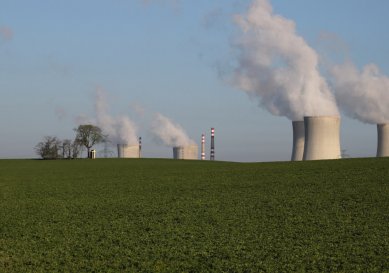


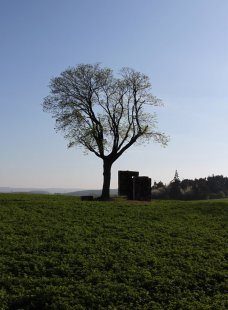
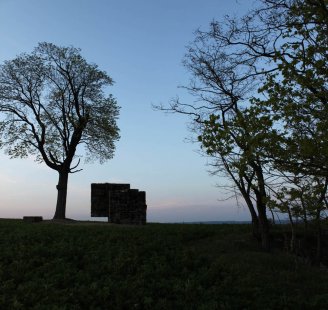

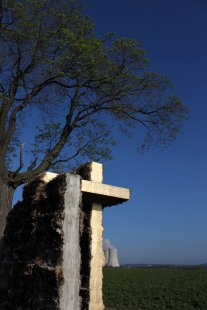
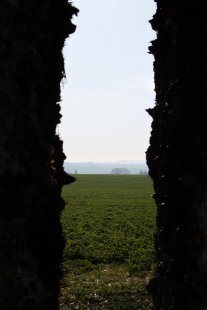



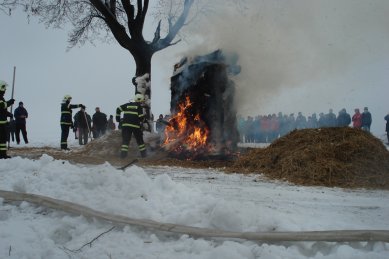
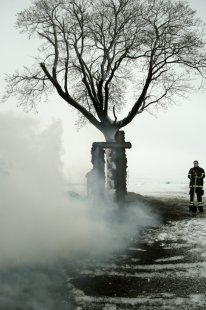
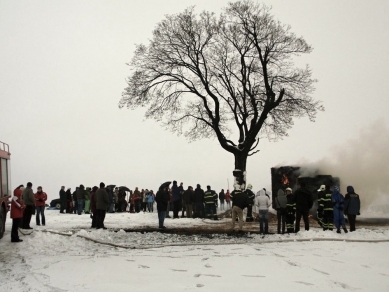

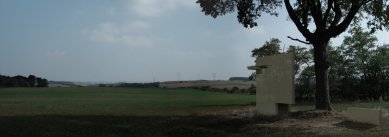
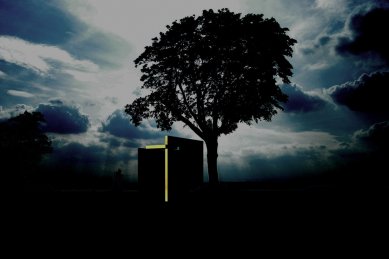
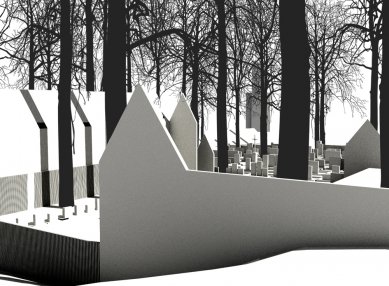
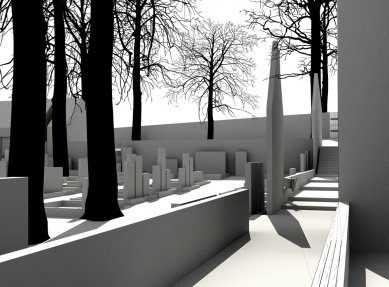

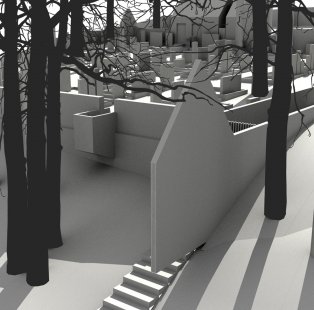
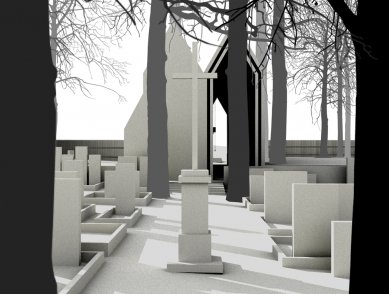
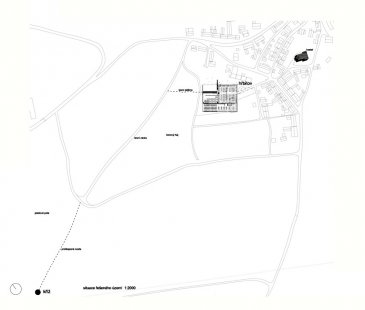
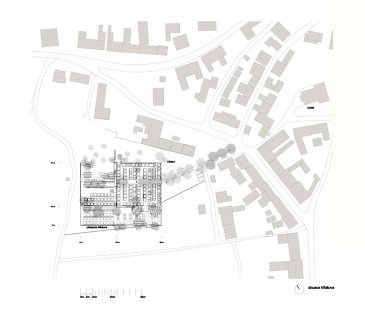

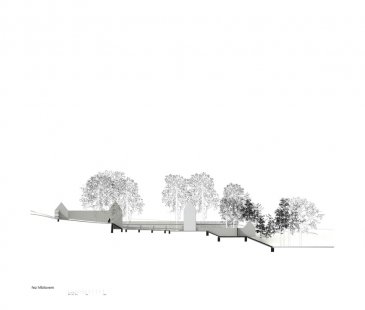
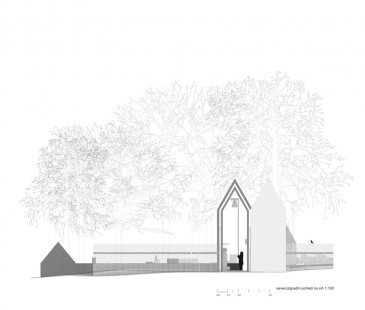
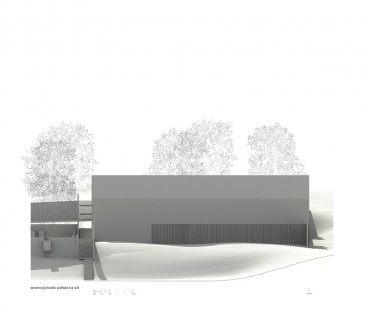
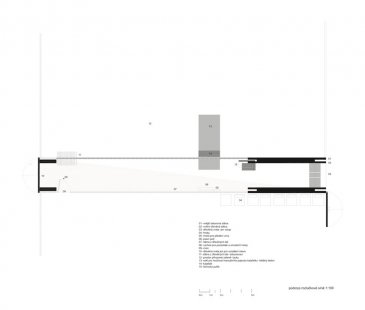
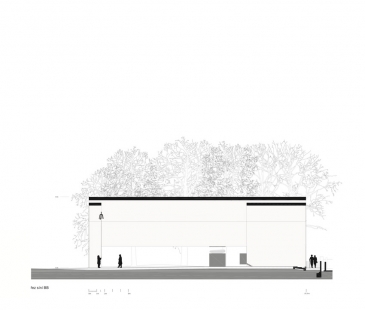

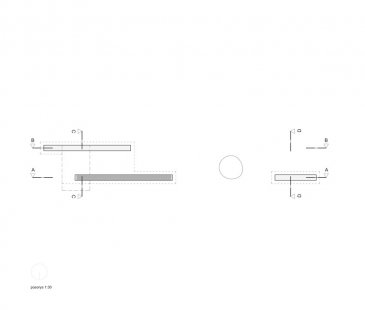
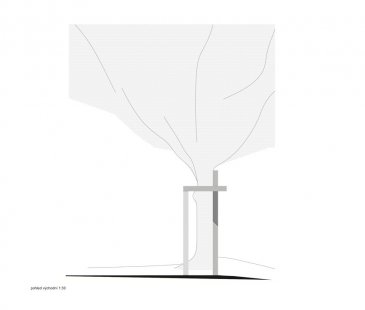
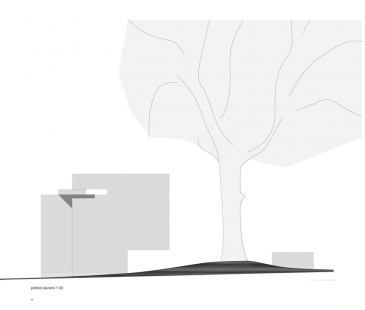
0 comments
add comment











